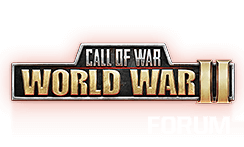I've been wondering about the meaning of certain things about the units. Let's take L1 infantry as an example:

The first question pertains to where it says "Type: Infantry 32" What does the "32" mean?
Next is in the Strength against armour class section. What do those symbols mean? I highly suspect that they mean, from left to right, infantry, armour, aircraft, buildings, naval, submarines. But this is not officially confirmed anywhere that I can find.
Taking that assumption to be correct, I must now ask about the practice of meatshields and how troops act on the water. It appears that normal arty meatshields will work the same as they do in s1914. However, based on the void in defense against naval units, I assume they either have 0 defense against naval attacks, or they can't be touched by naval units. The latter seems unlikely, so why isn't there a "0" there? And given that, is the s1914 practice of loading up a few hundred infantry units onto a battleship group going to work, or does this fix that practice?

The first question pertains to where it says "Type: Infantry 32" What does the "32" mean?
Next is in the Strength against armour class section. What do those symbols mean? I highly suspect that they mean, from left to right, infantry, armour, aircraft, buildings, naval, submarines. But this is not officially confirmed anywhere that I can find.
Taking that assumption to be correct, I must now ask about the practice of meatshields and how troops act on the water. It appears that normal arty meatshields will work the same as they do in s1914. However, based on the void in defense against naval units, I assume they either have 0 defense against naval attacks, or they can't be touched by naval units. The latter seems unlikely, so why isn't there a "0" there? And given that, is the s1914 practice of loading up a few hundred infantry units onto a battleship group going to work, or does this fix that practice?
